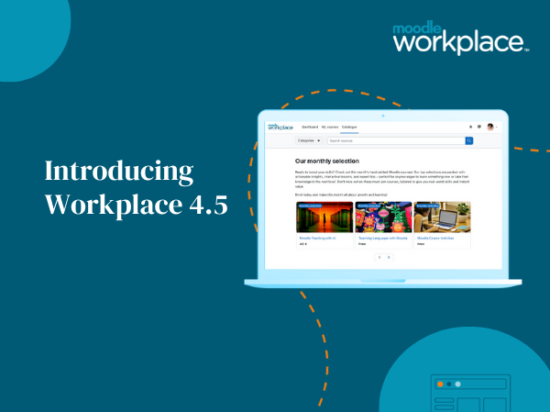What kind of a salary should you be commanding in the eLearning business? It’s an important question with a lot of latitude depending on the market you work in.
In Australia, a pay scale search engine puts the average salary for instructional designers at just under $79,000 per year for an entry level designer. That pay tends upwards to about 86k per year if you have five to ten years professional experience. The numbers are based on 65 salaries provided by anonymous sources. A different search engine in Australia puts the average salary for an eLearning Manager at $83,426 per year.
A more comprehensive salary survey (2,108 respondents) conducted by the U.S.-based eLearning Guild this year found that the average annual compensation for instructional designers was about the same, just under $79,000 USD. The Guild found that project and product managers top the survey scale with an annual compensation package of $90,000. Trainers and coaches make around $89,500 a year while content authors receive just over $84,000 annually.
What’s interesting is how these salaries stack up to the average total compensation salary package in the U.S., $92,126 across all industry sectors. That figure includes bonuses and average tuition assistance for employee training. Bonuses were checking in at the 4% mark. By comparison, the average base salaries in the United Kingdom showed a sharp increase to $78,393 over 2015, but dropped in Canada by 4% to $72,177. The global average annual base salary excluding the U.S. was $63,103.
In the employee benefits category, there are some interesting survey results. This is where the negotiating comes in and can make or break a job offer and play a very big role in employee satisfaction. The benefits category includes:
- Merchandise and service discounts (e.g. discounts on gym memberships, products, groceries, travel)
- On-site services and facilities (childcare, employee gyms, massage and naturopathy care, nurse practitioner)
- Personal care and services (entertainment and clothing allowance, office supplies, internet and phone reimbursement, paid time off for community service or volunteer work)
- Professional development (sabbatical and scholarship programs, paid conference fees)
- Travel (company car, free parking, membership in roadside assistance program, commuter subsidies)
- Dependent care (matching tuitions, childcare reimbursement, college coaching)
- Financial and Retirement (Employee stock ownership plans, pension and superannuation, profit sharing, student loan repayment assistance)
- Health (paid or unpaid parental leave, wellness incentive programs, flexible health spending accounts)
In a positive trend for eLearning practitioners—at least in the U.S.—women narrowed the salary gap by 4% . Women in the eLearning business, however, are still earning 10% below the average male salary.
There is also a prediction of real wage growth across all industry sectors.
The survey also found that there was a substantial increase of people who have entered the eLearning field (18% globally who had 3-5 years experience.) An indication that eLearning is a vibrant industry and here to stay.







